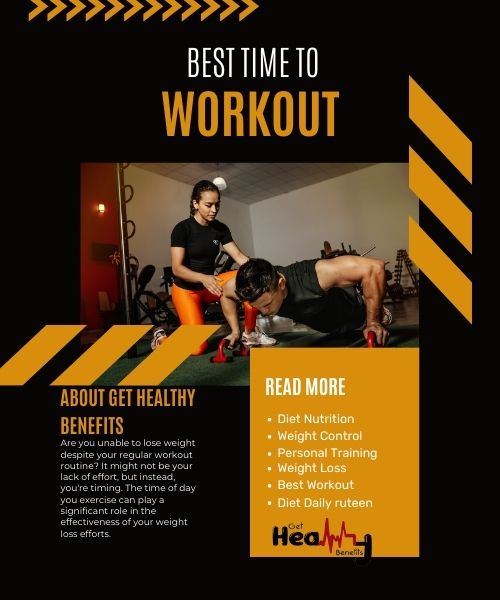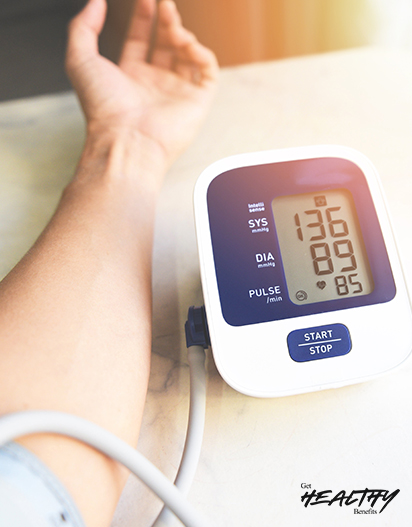Exercise Regimens for Individuals with Hypertension: A Safety Guide
Suffering from Hypertension? Exercise can help, but safety comes first! Start slow, talk with your doctor, and watch those blood pressures. Make a moderate effort to walk, swim, or bike—you don’t need extreme equipment. Strength training is fantastic; just go light. Stay hydrated, breathe deeply, and know your limits. Exercise is good, but staying safe is even better. Your heart will thank you!
Hypertension, commonly called high blood pressure, is a common cardiovascular disease affecting millions of people all over the world. It happens when the blood pressure in the artery walls can become consistently too high. If you leave it untreated or unchecked, it can lead to serious health complications. One of the most effective ways to deal with high blood pressure is to add proper exercise to your regular lifestyle.
However, because of the potential risks, individuals with hypertension need to follow a safe and well-designed exercises to lower blood pressure.
Before we get into the details, let’s keep things clear. Exercising for hypertension is not a piece of cake. It’s essential to be safe and competent about it. We have already covered it in detail in our previous blog Pump Up Your Health: The Top Activities to Beat Hypertension
Now, let’s discuss why exercise is an excellent tool for managing high blood pressure and how to do it correctly.
The Problem With Hypertension
Suffering from hypertension is a severe problem. According to the CDC, half of adults in the U.S. have high blood pressure issues, but only a few can control it.
In 2017, the American Heart Association specified new guidelines for hypertension.
They divided it into two categories.
Stage 1: when the upper blood pressure is between 130 and 139, and the lower is between 80 and 89.
Stage 2: when the upper blood pressure is 140 or more, and the lower number is 90 or more.
People with stage 1 are more likely to have heart problems and hypertensive response to exercise than those with normal blood pressure.
The Importance of Exercise for Hypertension
Do you know regular exercise can bring many health benefits for individuals with high blood pressure?
Regular exercise can help lower blood pressure, improve cardiovascular health, increase blood vessel function, and improve your overall health.
Also, it is a great help in managing your weight, which is very important in controlling your blood pressure.
The best exercise to lower blood pressure is like a secret weapon against high blood pressure. But here’s the thing: you can’t just do any workout. You have to be careful and do it properly to be safe.
So, let’s talk about how you can create a safe and personalized workout routine.
Precautions Before Starting Hypertension Workout
If you are suffering from hypertension, consult your healthcare provider before beginning any workout. Medical professionals can check your current health status, recommend appropriate exercise regimens, and provide appropriate advice based on your medical history and condition. Also, you should monitor their blood pressure regularly, especially before and after exercise.
Designing a Safe Exercise for High Blood Pressure
Several factors must be considered for safety and efficacy when planning exercise programs for individuals with hypertension.
Here are some essential things to keep in mind:
Type of Exercise
Low-impact cardiovascular exercises such as walking, swimming, cycling, and gentle aerobics are often recommended for individuals with hypertension. These activities have heart and neurological benefits with minimal stress on the heart and blood vessels.
Intensity
Exercise for high blood pressure should be moderate in intensity and controlled. You should be able to communicate during the program without taking too many breaths. Strenuous exercise should be avoided, as it can significantly increase blood pressure.
Duration
Set the for at least 150 minutes of high-intensity exercise each week. You can distribute it over multiple sessions. It is essential to start slowly and gradually boost the duration as fitness levels improve.
Warm-up and cool-down
To prepare the body for exercise, always start with a gentle warm-up and finish slowly with a cool down to get your heart rate up. This step is essential to prevent a sudden spike in blood pressure.
Strength Training
It can be beneficial with resistance or strength training, but it must be done under proper guidance. Focus on lighter weights and higher reps to avoid stress on the cardiovascular system.
Relaxation Techniques
Deep breathing and relaxation techniques can help manage stress and control blood pressure during exercise.
Staying Hydrated
It is essential, as dehydration can negatively affect blood pressure. Drink water before, during, and after exercise.
Listen to your body: Pay attention.
Precautions and Exercise Modifications
What exercises should be avoided with high blood pressure?
While hypertension exercise is generally beneficial for blood pressure control, there are specific precautions and modifications that individuals with high blood pressure should be aware of:
Avoid the Valsalva Maneuver
The Valsalva maneuver of holding your breath while lifting heavy weights or doing strenuous exercises can cause a sudden rise in blood pressure. Individuals with high blood pressure should avoid this method.
Avoid overexertion
Pushing yourself too hard while exercising can cause a sudden spike in blood pressure. Gradually increase intensity and duration to avoid overwork.
Avoid Exercising in Extreme Weather
Extreme temperatures can affect the blood pressure system. Exercise indoors when it is very hot or cold.
Monitor your Blood Pressure
Check your blood pressure before, during, and after exercise. Consult your health care provider if blood pressure readings rise significantly during exercise.
Read: Dangerous Moves - What Exercises Should Be Avoided With High Blood Pressure? Wrapping Up
Adding regular exercise to your routine if you are dealing with hypertension can really make a difference. But staying safe is super important.
As we discussed earlier, following the tips we have covered in this article can help create exercise plans that work well and keep you safe, especially if you suffer from high blood pressure.
Remember: Talk to your doctor, follow hypertension exercise guidelines, watch your blood pressure, and notice what your body tells you.
Everyone is different. So, make sure your workout plan is like a tailored outfit. You can exercise and manage high blood pressure with the proper steps.
Believe me, Your heart will thank you for giving it some love!
FAQ’s
Does blood pressure go up with exercise?
Yes. when you exercise, your blood pressure usually go up. It happens because your body needs plenty of blood and oxygen to fuel your working muscles. To meet this demand, your heart beats faster and your body becomes more active to keep everything running. It’s like giving your body a little boost to keep up with your workouts.
Should you exercise with high blood pressure?
Yes, exercise is perfectly safe and a good idea if you have high blood pressure. In fact, it’s encouraged because exercise can strengthen your heart and help lower your blood pressure naturally.
Which statement about anaerobic exercises is true?
It's a good idea to give your muscles a break by doing anaerobic exercise. Leave at least a day between them. This statement is true.
why? Well, it’s all about letting your muscles rest and recover. This helps prevent injuries and increases the strength of your muscles. So, yes, it’s a smart thing to take that break!
Which statement about aerobic exercise is not true?
“Regular aerobic exercise eliminates the risk of heart or lung disease.” The statement is fake.
There is no doubt that regular aerobic exercise can reduce the chances of heart or lung disease. It’s like a super shield for your health but not a magic wand!
Share this post
Subscribe to new posts











